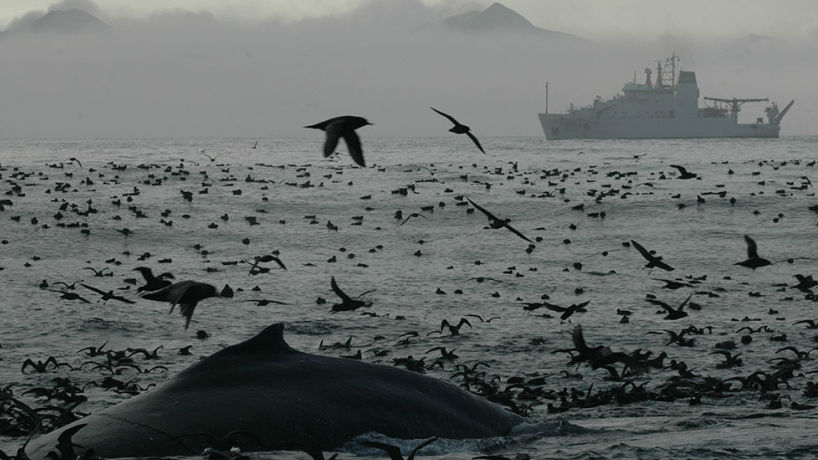Alaska Updates Plan for Using Dispersants

A new policy has been announced for the use of dispersants in Alaska which aims to be more inclusive, comprehensive and conservative.
The policy includes a preauthorization area with a more protective protocol for use of chemical dispersants and allows for case-by-case decision-making criteria for dispersant use in waters outside the preauthorization area.
The new policy is quite different from the pre?September 2008 version preceding it. One of the biggest changes is that there is only one Preauthorization Area, and everywhere else, the so?called Undesignated Area, is considered on a “case?by case” basis.
? The Preauthorization Area is outside of internal waters. It extends from 24 nautical miles
(nm) offshore to the Exclusive Economic Zone 200nm offshore south of Alaska’s mainland and islands in the Prince William Sound, Cook Inlet, Kodiak, Bristol Bay & Aleutian subareas and from 24nm to 100nm north of the Aleutian Islands.
? It’s pinned to the mainland at Cape Suckling & Cape Sarichef to prevent tankers from skirting around the Preauthorization Area into Prince William Sound or through Unimak Pass into an Undesignated Area.
? In addition, there will be an outreach effort and inclusive process to designate particular areas within the Preauthorization Area where dispersant use should be avoided. These areas are then treated on a case?by?case basis and get special consideration even though they may be within the overall Preauthorization Area.
Mixed Results
Dispersants are chemical compounds which break crude oils into smaller droplets that mix down into the water column. This reduces the surface area of an oil slick and the threats to marine life at the ocean surface. By making the oil droplets smaller, they become much more available to natural degradation by oil-eating microbes.
NOAA’s Dispersants Response and Restoration Blog states that dispersants are controversial for many reasons, notably because they don’t remove the oil from the marine environment. Mechanical removal methods are always preferred, but during large oil spills, containment booms and skimmers can get overwhelmed and other pollution response tools may be necessary. This is a big concern especially in Alaska, where weather and remote locations increase the logistical challenges inherent in a large scale oil spill response.
Although dispersants get a lot of attention because of their extensive use after the 2010 Deepwater Horizon oil spill, they actually are used rarely during oil spills. In fact, dispersants have only been applied to about two dozen spills in the United States in the last 40 years. The only time they were tested during an actual spill in Alaska was during the Exxon Valdez oil spill in 1989.
The blog goes on to explain: some oils like light and medium crude, are often dispersible and others, like heavy fuel oils, often are not. In some cases dispersants have worked and in others they haven’t. The results of the Exxon Valdez testing were unclear and still subject to debate.
Advanced Planning Required
So, why have a plan for something that is rarely used and may not be successful?
The blog states that the most important reasons are pragmatic ones. Dispersants work best on fresh, unweathered oil. Ideally, they should be applied to oil within hours or days of a spill. Because time is such a critical factor to their effectiveness, dispersants need to be stockpiled in key locations, along with the associated aircraft spraying and testing equipment. People properly trained to use that equipment need to be ready to go too.
More information is available here.
